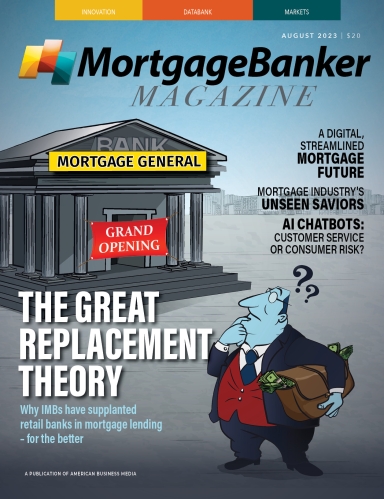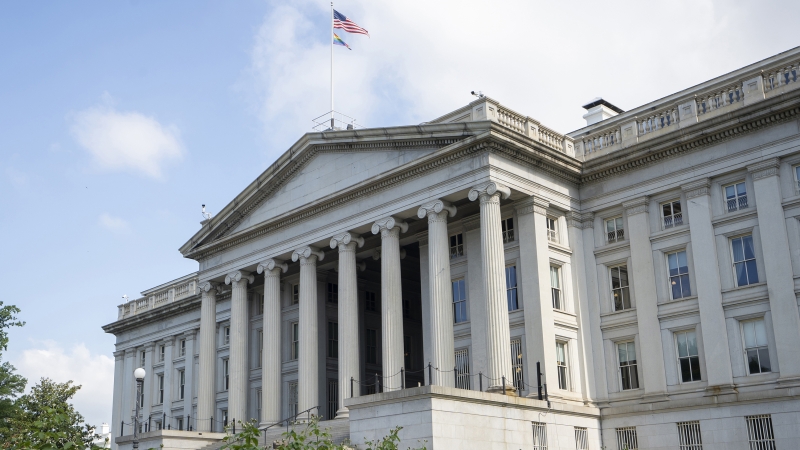CRA Modernization: A Bank Challenge
The Urban Institute’s findings underscore the extent to which IMBs are positioned to continue expanding access to mortgage credit at a time when federal regulators are in the process of modernizing the Community Reinvestment Act, and banks’ abilities to meet the credit needs of their communities stretch far beyond mortgage lending.
The CRA, signed into law in 1977, provides a framework for federal regulators to address discriminatory lending practices. Toothless by design, the CRA has never contained blanket criteria for evaluating the performance of financial institutions, nor does it outline specific penalties for non-compliance. Rather, banks’ efforts to meet the credit needs of their communities have always been examined on a bank-by-bank, community-by-community basis. Compliance or noncompliance is only taken into account by regulating agencies in the case of proposed mergers, acquisitions, and branching.
Federal regulators are in the process of modernizing the CRA; for example, tailoring evaluations and data collection to bank size and type. While delivering remarks at National Community Reinvestment Coalition’s Just Economy Conference in 2021, Federal Reserve Chairman Jerome Powell voiced support for a modernized CRA that includes non-depository institutions, such as IMBs. “Like activities should have like regulation,” he said.
Jason Keller, associate director over Fair and Responsible Banking and the Community Reinvestment Act for Wolters Kluwer, an information services provider, supports CRA modernization, saying the process is about establishing new criteria for community development activities and establishing a new confirmation process allowing institutions to seek credit approval in advance of CRA-related activities.
Keller says the proposed changes make CRA more proactive than its current reactive focus. “CRA is a retroactive regulation. It looks backward; it doesn’t look forward. It doesn’t give you credit for things that haven’t happened yet, per se. It only gives you credit for what actually has happened. So, this notion of a modernized CRA is a game changer in that institutions will be able to work with their regulator to understand what they may be given credit for in advance, and that’s where I think a modernized CRA is going to change the landscape of this country going forward.”
When the CRA was implemented, most mortgage credit was provided by banks and thrifts, all of which operated out of branches, many with limited geographic reach.
“Mortgages are a relatively small line of bank business [now],” says Laurie Goodman, founder of the Urban Institute’s Housing Finance Policy Center. “The CRA covers much more than that. Historically, the metrics used for CRA have been very soft and not well defined. They’re trying to change that at the federal level.”
Pledges numerous banks have made to increase lending to marginalized borrowers seem at odds with their withdrawal from FHA lending. Since the financial crisis, even the country’s largest banks have largely withdrawn from the very business which the CRA was designed, in part, to help them conduct more fairly. Published reports show that in 2007, Wells Fargo, Bank of America and JPMorgan originated 19% of all U.S. mortgages. By 2021, that share had shrunk to 4%.
But for banks to do more may be even trickier as their retreat from the mortgage industry has occurred in tandem with what the National Community Reinvestment Coalition (NCRC) terms “The Great Consolidation” – the dramatic merger and decline of banking institutions and physical bank branches.
Closed To Homes
From 2017-2021, a period overlapping that of the Urban Institute’s lending pattern assessment, 7,425 bank branches closed their doors – 9% of all locations across the U.S. One-third of these closures occurred in LMI and/or majority-minority neighborhoods where access to branches, says the NCRC, is crucial to ending inequities in access to financial services, particularly credit.
Some 4,000 of the 7,425 branch closures occurred since March 2020, says NCRC, as the COVID-19 pandemic hastened customers’ adoption of online and mobile banking services, driving the closure rate to double.
Goodman says bank consolidation and branch closures have certainly helped IMBs gain market share and lend to more LMI and minority borrowers, to the extent that people have weaker relationships with their bank. “Unlike most banks and thrifts, which have a geographic footprint and a defined community, most IMBs operate widely through various delivery channels, such as traditional retail branches, wholesale lending through mortgage brokers, and consumer direct through call centers,” the report’s authors write.
Current calls for CRA modernization echo a desire to make banks more agile at meeting the credit needs of their entire communities, given the rise of digital banking. Yet, importantly, this need not include residential lending.
Keller has found that in his 25 years of working with banks, they want to be strong community partners. “They don’t comply with CRA because they have to – they comply with CRA because they want to. … They want to be able to find things that their competitors are not doing.”








